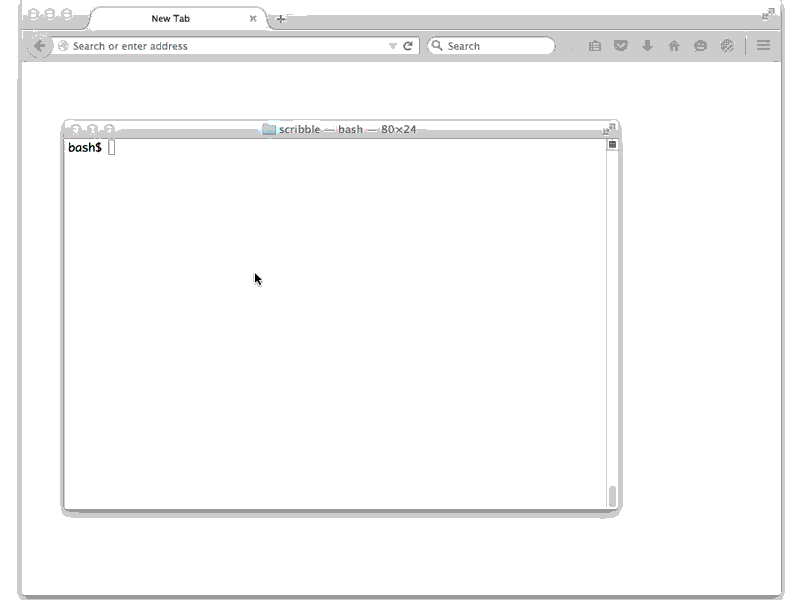This fork contains a VNC platform plugin which lets you run any Qt app in headless mode and access it with a VNC client. It has builtin websocket support for pure HTML5 VNC clients like noVNC.
You can view Qt apps in a browser just by navigating to http:https://host:5900
The default ./configure will build the VNC plugin. Use --no-vnc to disable
building the VNC plugin. Your Qt application must be built with this Qt
library.
You can control the platform using environment variables or CLI options. In the shell,
export QT_QPA_PLATFORM=vnc
export QT_DEBUG_PLUGINS=1
before starting the application. Alternately, invoke the application with
/path/to/qtapp -platform vnc
For MacOS app bundles, this may be modified to
/path/to/qtapp.app/Contents/MacOS/qtapp -platform vnc
That's pretty much it. You should see messages appearing on the console, like
QVNCServer created on "127.0.0.1" port 5900 mode websocket
Navigate to http:https://localhost:5900 on any modern browser and you should be able to view and interact with the application.
Platform options can be supplied with the -platform command line option
or the QT_QPA_PLATFORM environment variable. The platform string starts with
vnc and a combination of the following options, separated by colons.
size=<width>x<height>Width and height of the frame buffer.- Default:
size=800x600
- Default:
display=<num>VNC display number. Server listens to port 5900 +<num>- Default:
display=0
- Default:
addr=<IP>IPv4 address on which the server listens.- Example:
addr=0.0.0.0listens on all interfaces - Default:
addr=127.0.0.1
- Example:
mode=<str>One ofwebsocketorraw. Usewebsocketto connect with a browser-based HTML5 VNC viewer, orrawto use a regular VNC client like vncviewer or Chicken of the VNC.- Default:
mode=websocket
- Default:
viewer=<URL>Sets the location of the HTML5 VNC viewer. Inwebsocketmode, any regular HTTP request to the listening port will be issued an HTTP redirect to the viewer URL, appended with a hash fragment containing host and port parameters. Websocket requests from other origins are rejected. Note that the colon needs to be URL-encoded since Qt uses it as an option separator. Websocket requests from origins other than the viewer will be rejected.- Default:
viewer=http%3A//pigshell.github.io/noVNC/qtvnc.html
- Default:
maximize=<bool>Maximize first window. Without this option, apps which don't maximize themselves usually occupy a small window at the top left of the frame buffer.- Default:
maximize=true
- Default:
- Does not support authentication.
- Does not support SSL.
- Does not build on Windows.
- If running examples on MacOS, you need to do a
make installfirst. Otherwise you need to copy the $QTBASE/plugins/platforms directory into QtAppName.app/Contents/MacOS/, where $QTBASE is the directory containing this (built) Qt repo.
